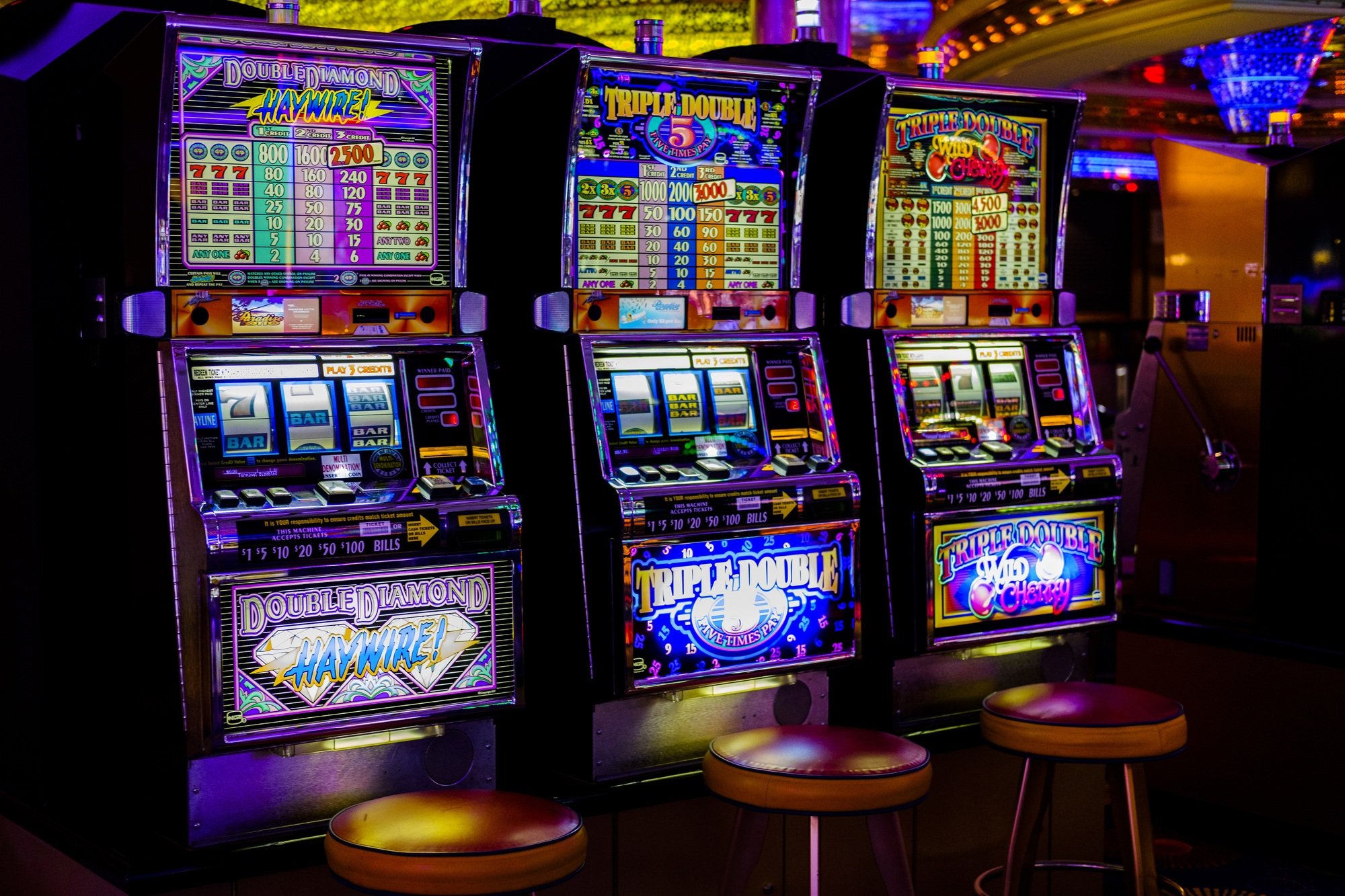In the vast tapestry of storytelling, characters come in all shades of morality. Heroes stand tall against evil, while villains lurk in the shadows, embodying malevolence. Yet, nestled between these archetypes lies a captivating breed of character: the anti-hero.
The Birth of Anti-Heroes
In the annals of literary history, the concept of the anti-hero traces back to ancient epics and mythologies. These flawed protagonists, neither wholly virtuous nor irredeemably wicked, captured the imagination of audiences with their relatable struggles and ambiguous motives. From Odysseus in Homer’s The Odyssey to Shakespeare’s Hamlet, early examples of anti-heroes paved the way for a new archetype in storytelling.
Characteristics of Anti-Heroes
- Moral Ambiguity: Anti-heroes often navigate a moral gray area, grappling with conflicting impulses and ethical dilemmas.
- Flawed Nature: Imperfect and prone to mistakes, anti-heroes possess human frailties that resonate with audiences on a visceral level.
- Unconventional Methods: Unlike traditional heroes, anti-heroes are not bound by the constraints of righteousness. They employ unorthodox tactics and often operate outside the law.
- Internal Conflict: Inner turmoil and self-doubt plague anti-heroes, driving them to question their beliefs and motivations.
The Rise of the Modern Anti-Hero
While anti-heroes have existed for centuries, it was in the tumultuous landscape of the 20th century that they truly came into their own. In the aftermath of two world wars and amid social upheaval, literature and media embraced the anti-hero as a symbol of rebellion and disillusionment.
From Literature to Film: Anti-Heroes on the Silver Screen
Film Noir: The bleak and shadowy world of film noir provided fertile ground for anti-heroes to thrive. Characters like Philip Marlowe and Sam Spade embodied the cynical ethos of post-war America, navigating a morally ambiguous landscape with grit and determination.
New Hollywood: The rebellious spirit of the 1960s and 70s ushered in a new wave of cinema, characterized by gritty realism and moral ambiguity. Icons like Travis Bickle ( Taxi Driver ) and Michael Corleone ( The Godfather ) captivated audiences with their complex portrayals of anti-heroism.
Literature’s Anti-Heroic Renaissance
Existential Literature: The existentialist movement of the mid-20th century explored themes of alienation and existential angst, giving rise to a new breed of anti-hero. Characters like Meursault ( The Stranger ) and Holden Caulfield ( The Catcher in the Rye ) rebelled against societal norms, grappling with the absurdity of existence.
Postmodern Fiction: In the postmodern era, authors experimented with narrative form and subverted traditional storytelling conventions. Anti-heroes like Tyler Durden ( Fight Club ) and Ignatius J. Reilly ( A Confederacy of Dunces ) challenged readers’ perceptions of heroism and redemption.
The Anti-Hero in the Digital Age
Television’s Anti-Hero Renaissance
The Golden Age of Television: The rise of serialized storytelling in the 21st century gave rise to a new golden age of television, marked by morally complex anti-heroes. Characters like Tony Soprano ( The Sopranos ) and Walter White ( Breaking Bad ) captivated audiences with their descent into darkness.
Streaming Revolution: The advent of streaming platforms like Netflix and Hulu has democratized storytelling, allowing for greater creative freedom and exploration of taboo subjects. Shows like The Punisher and Daredevil push the boundaries of traditional heroism, blurring the line between right and wrong.
Gaming’s Anti-Heroic Odyssey
Interactive Storytelling: In the realm of gaming, players assume the role of anti-heroes in immersive digital worlds, making choices that shape the narrative and morality of the story. Games like Red Dead Redemption and The Witcher offer players a chance to explore the complexities of anti-heroism in a dynamic interactive environment.
Player Agency: Unlike passive forms of entertainment, video games empower players to dictate the actions and motivations of their characters, blurring the line between hero and anti-hero.
The Enduring Appeal of Anti-Heroes
What is it about anti-heroes that captivates our imagination and stirs our emotions? Perhaps it’s their unapologetic defiance of convention or their relentless pursuit of redemption in a world devoid of absolutes. Whatever the reason, anti-heroes continue to resonate with audiences across generations, reminding us that heroism comes in many forms, and redemption is never out of reach.
As we journey through the annals of literature and media, we are drawn to the enigmatic allure of anti-heroes, their stories serving as a mirror to our own struggles and aspirations. In their redemption, we find hope, and in their rebellion, we find solace. For in the end, it is not the perfection of heroes that inspires us, but the flawed humanity of anti-heroes that truly touches our hearts.
So let us raise a toast to the anti-heroes of past, present, and future, for they remind us that even in our darkest moments, redemption is always within our grasp, and rebellion is the fire that lights the path to our salvation.







